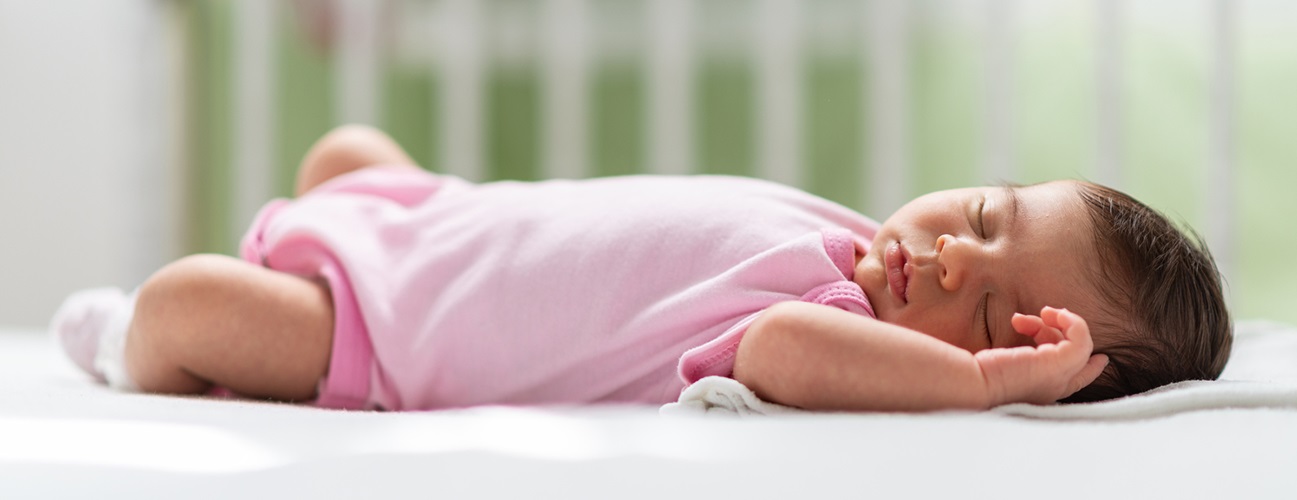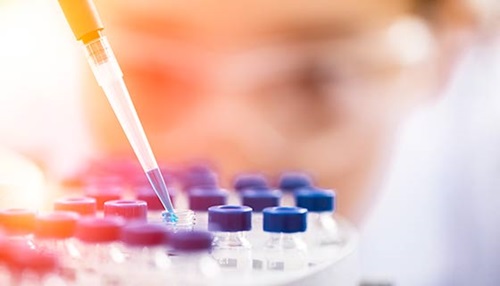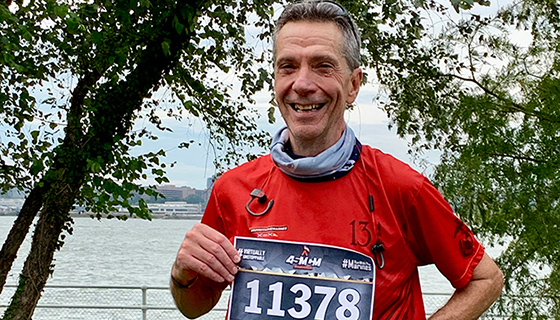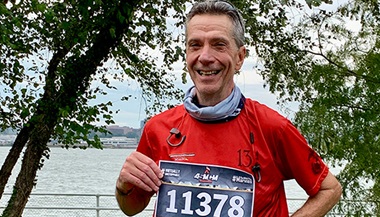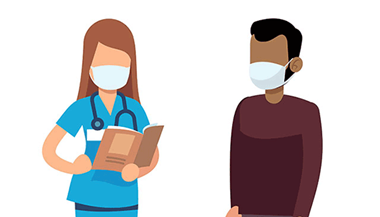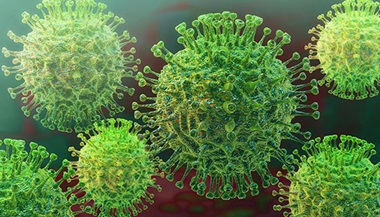Breastfeeding with Coronavirus
Featured Expert:
If you are breastfeeding or chestfeeding an infant or child, you may have questions about the coronavirus, getting vaccinated for COVID-19 and what to do if you get sick. Here are answers to common breastfeeding questions, advised by Melanie Newkirk, registered dietitian/nutritionist and clinical nutrition director for nutritional services and lactation at Johns Hopkins All Children’s Hospital in St. Petersburg, Florida.
Should someone continue to breastfeed if they have COVID-19 or COVID symptoms?
Though breastfeeding is ultimately a personal decision, the Centers for Disease Control and Prevention (CDC), the World Health Organization (WHO) and the Academy of Breastfeeding Medicine (ABM) all support breast milk for babies even if the milk is from someone infected with COVID-19.
Because there is a possibility of spreading COVID-19 during breastfeeding through respiratory droplets, it is very important to follow safety guidelines. The ABM suggests if someone is confirmed to have COVID-19 or has symptoms and is being tested, the ABM suggests they isolate from others — including the infant — if possible, except during breastfeeding. The ABM recommends COVID-19 precautions such as hand-washing and wearing a mask to avoid infecting the child.
The breastfeeding person with COVID-19 or coronavirus symptoms can either:
- Provide an ongoing supply of breast milk by expressing milk using a breast pump
- Allow contact during breastfeeding with precautions, such as mask-wearing and hand hygiene.
OR
Separation between a breastfeeding person with COVID-19 and their infant is a decision that should be made with guidance from a health care team or specialist and considers the adult’s health and the baby’s. If both are able to remain together, breastfeeding at the breast is encouraged.
Can babies catch the coronavirus through breast milk?
There is no evidence that the virus causing COVID-19 is present in breast milk. (Similarly, other respiratory viruses have not been transmitted in breast milk.) For example, the severe acute respiratory syndrome (SARS) virus, which is similar to the one that causes COVID-19, has not been detected in breast milk. However, there is a possibility of spreading COVID-19 during breastfeeding through respiratory droplets, it is very important to follow safety guidelines. Please review safety tips for breastfeeding further down this article.
Small, early research studies show that immunoglobulin antibodies (IgAs) that fight the coronavirus are present in breast milk from previously infected people. These studies showed the IgAs remained present for up to five months after infection.
Though more research is needed, it is possible that transferring COVID-19 antibodies through breast milk helps protect nursing infants. Breast milk provides babies with antibody protection against many illnesses, which is just one of several reasons why health professionals and organizations recommend breastfeeding when possible.
More studies will reveal whether children can develop immunity to the coronavirus through breast milk and, if so, how long that protection could last.
Is it safe to get a COVID vaccine when I’m breastfeeding?
Yes. The current known studies investigating the safety of the COVID-19 vaccines did not include lactating people. However, the ABM recommends that people who are lactating get vaccinated, and it does not consider breastfeeding a reason to avoid the COVID-19 vaccines.
Research studies show that lactating people have antibodies in breast milk shortly after getting vaccinated. Further investigation will shed more light on the question of whether vaccine-induced immunity can be passed on to nursing babies through breast milk.
What happens when someone with COVID-19 gives birth?
Based on the CDC recommendations, if a person with COVID-19 gives birth in the hospital, the baby may be temporarily separated from the birth parent to reduce risk of COVID-19 transmission to the newborn.
During this time of separation, providing the baby with expressed breast milk is recommended. Once the parent’s symptoms improve and both parent and baby are ready to go home, the parent should follow the same guidelines as above, either using expressed milk or allowing contact for breastfeeding (with the mother wearing a mask and practicing hand hygiene). The medical team will provide guidance on the best way to transition and continue breastfeeding at home.
What do I do if I have to isolate away from my baby?
During temporary separation, you are encouraged to express breast milk, and someone else, such a care partner or nurse, will feed the child. Even when the baby does not feed at the breast, you must still wash your hands before and after pumping.
- The counter or tabletop surface used while pumping should be cleaned with disinfecting products.
- The outside of the pump should be cleaned following manufacturer’s instructions, both before and after pumping.
- The pump kit should be cleaned after every pumping session per manufacturer’s instructions — taken apart, rinsed, cleaned with dish soap and water in a basin used only for cleaning infant feeding items, and rinsed.
- If the pump kit is dishwasher-safe, it may be cleaned in a dishwasher.
- Pump parts should be sanitized at least once a day following instructions using a steam bag, boiling for five minutes, or in a dishwasher with a sanitize setting.
- Pump parts should never be placed directly in the sink and should be cleaned as soon as possible after pumping.
- Pump parts should be placed on a clean dishtowel or paper towel and allowed to air dry thoroughly before storing.
- Thoroughly clean the wash basin and bottle brush (if used) with soap and water after each use, or clean in a dishwasher if dishwasher-safe, and air dry.
Safety Tips for Breastfeeding with COVID-19
Because there is a possibility of spreading COVID-19 during breastfeeding through respiratory droplets, those with COVID-19 or with symptoms of illness are encouraged to use the following precautions when breastfeeding their infant or expressing breast milk.
- Cover your nose and mouth when you cough or sneeze (using the crook of your elbow is a good technique), throw away any tissue immediately and wash hands well.
- Wear a mask for any contact, including while feeding baby at the breast.
- Wash hands well for at least 20 seconds or use an alcohol-based sanitizer that contains 60% to 95% alcohol before and after feedings (both feeding at the breast and expressing milk). Wash hands well when visibly soiled.
- Clean and disinfect countertop, outside of pump and pump kit as described above.
- If a mother has coughed or sneezed onto her uncovered chest or breast, cleanse the skin that may come into contact with the baby or pump.
- Clean and disinfect other surfaces that the child may touch.
This information is based on what we currently know about COVID-19 and the transmission of other respiratory viruses. For more information on breastfeeding with COVID-19, please visit the Centers for Disease Control and Prevention.

